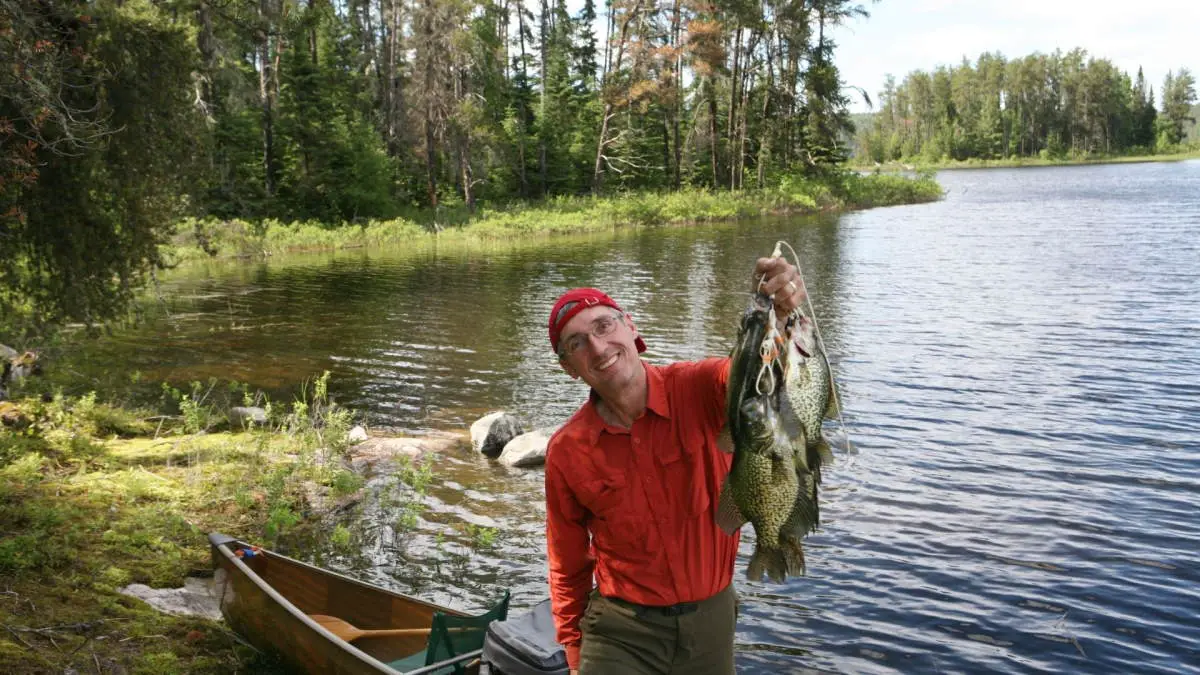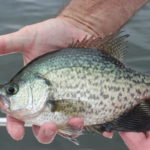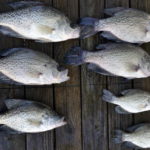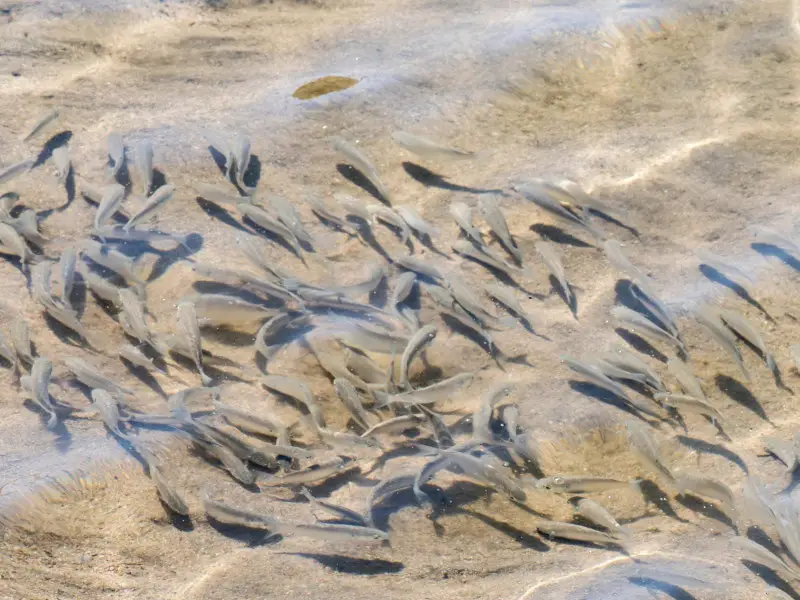Whether you are summer fishing or doing a little winter ice fishing, there are not too many types of fish to catch that are more rewarding than the Crappie. Though Crappies are technically considered panfish, they can be quite a bit larger than your average Sunfish or Bluegill, and their taste is incredible.
Crappies make the perfect fish for a nice shore lunch or a Friday night fish fry. The white meat is super tender, and because they are classified as a panfish, you are usually allowed to take quite a few before you reach your limit. A full hull of some delicious Crappies makes for a wonderful meal with your friends and family.
Finding a good fishing spot for Crappie involves searching for underwater structures with a bit of current. Crappie will hide around underwater structures and vegetation, waiting for prey to swim in their path of view. Presenting a jig or other bait in these areas will give you the best chance at catching your limit. However, there are different effective ways to catch Crappie.
So, what is the best way to make sure you get your limit of Crappies? In this article, we will take a close look at some of the tips and tricks to a successful Crappie fishing outing as well as establish how to find good Crappie fishing spots.
How Deep Should I Fish for Crappies?
The depth at which you should fish to catch Crappie varies from lake to lake, and it depends on a few factors. Factors can include the time of year, water temperature, wind conditions, the overall depth of the lake, and the locations of drop-offs and vegetation.
One thing that is for sure, Crappies love to be around baitfish and minnows. Whatever depth the baitfish are at, the Crappies will be there as well.
One ideal depth for Crappies is where the vegetation rises from the lake bottom and stops growing at around 15 to 20 feet. Crappies love to hide out in the vegetation at this depth and wait for schools of baitfish to pass by.
In the summer months, the water temperature at this depth will be ideal and cool enough for Crappies to linger comfortably. Occasionally, if there are some warm spells, they may go a little deeper, and if there are cold spells, they may go a little shallower for increased sunlight and warmth. Crappies are finicky when it comes to the water temperature, and they will move depths to stay in their ideal water temperature range, which also happens to be the same water temperature range that baitfish like.
For ice fishing, the ideal depth for catching Crappie changes to a shallower range of 7 to 12 feet. Again, a weed line that grows up to this range is ideal, and the presence of baitfish is an excellent indicator that there will be Crappies in the area.
What States are Good For Crappie Fishing?
The best states for Crappie fishing arguably are in the Midwest and the outer ring of the Midwest of the United States. With the presence of a multitude of lakes and rivers, the Midwest has some of the best fishing overall in the United States. With Crappies, it is no different.
States like Wisconsin, Minnesota, Michigan, Illinois, and Iowa represent the inner Midwest, while the outer Midwest would be represented by Missouri, the Dakotas, Kentucky, and Ohio. Within these states, you will find fantastic Crappie fishing. Just keep in mind that the different climates of the more southern states and northern states will affect the water conditions and the best times of the year to fish for Crappies.
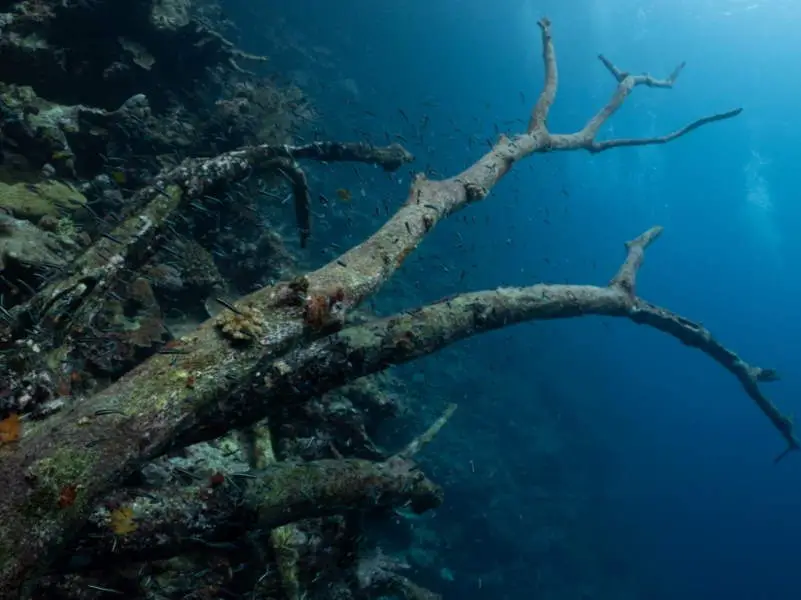
Where is the Best Crappie Fishing?
The best Crappie fishing will again be where the baitfish are, where there is structure and vegetation, and where the ideal water temperature zone is. When Crappie fishing in the summer, it is a great idea to start a little deeper and work your way shallower slowly throughout the day until you find that perfect zone.
Another great location to try for Crappies is in the upper part of a lake where a river or stream feeds into the lake. Crappies like to position themselves on the current of the river or stream that is feeding into the lake and wait for baitfish to swim by.
The current is much lighter in the deeper parts, and gradually the current gets stronger the shallower you go. Start deeper and work your way shallower slowly. It is best to do some simple jigging, slow trolling, use a slip-float, or do some short casting.
If you are casting instead of jigging or trolling, make sure you have good control over the depth of your bait and that you can feel the bottom, the vegetation, and any bites. It is a good idea to anchor and cast to the same spot multiple times once you have gauged the depth and structure.
Finally, In many lakes, it is legal to chum for crappie or the minnows they feed on. Going to a lightly used dock that has a lot of cover around the lake can be a great place to chum. The crappie will come out to feed and find your offering.
What Color Light is Best for Crappie Fishing?
One pastime that many Crappie fishermen enjoy is the night-time fishing experience. It is a lot of fun to be out fishing with your friends at night, maybe a ballgame on the radio, a cold brew in your hand. When night-time fishing for Crappies, it is helpful to use a floating or submersible light to help attract Crappies to your fishing spot. The light will attract plankton, which then will attract baitfish, and ultimately the Crappies will come.
There are several different colored lights available for night-time Crappie fishing. The most common are white and green lights, with the best for Crappie fishing being the green light. When fishing with a light at night, make sure to be aware of the accumulation of mayflies and other insects. If a lot of mayflies begin to flock to your light, Crappies will tend to ignore the baitfish and your lure and fill up on the insects instead.
Are Crappies Easy to Catch?
Crappies are not necessarily easy to catch, but they are a lot of fun when you are catching them. Think of it as a feast or famine scenario. You may be fishing for a few hours before catching anything, but once you hit that perfect structure, water temperature, and/or drop-off, you may find yourself catching one Crappie after another. When you hit those “honey-holes,” you will for sure have a lot of fun.
How Do You Catch Crappies?
To catch Crappie, remember to go where the baitfish are. That means finding the proper water temperature range for the time of year you are fishing in. Also, look for weed lines, drop-offs, and other structure that Crappies enjoy lingering in.
You will want to mostly jig or do some slow trolling. Keep your fishing line tight, and be sure you are in control of your bait depth at all times. It is a good idea to drop your jig straight to the bottom and then raise your bait 5 to 6 feet or to the top of the vegetation line.
Always keep your line tight so you can feel any bites. Crappies can be slow biters, and they might swallow your bait slow enough it may be difficult for you to feel.
Last, start deeper and work your way shallow until you start hooking some Crappies. Once you catch your first Crappie of the day, hover around that depth for the best chance to catch your limit.
What is the Best Time to Fish for Crappie?
The best time of the day for Crappie fishing is at dawn and dusk as well as from the hours of midnight until 2 am. All three of these times are feeding times for Crappies. When they are feeding at dawn and dusk, often they will move into shallower waters looking for minnows and insects.
During the day, when the sun is hot, Crappies tend to go deeper, which makes them harder to catch. Mid-day might be an excellent time to head in from the lake and have a little lunch and take a nap before going back out a couple of hours before sunset for evening feeding time.
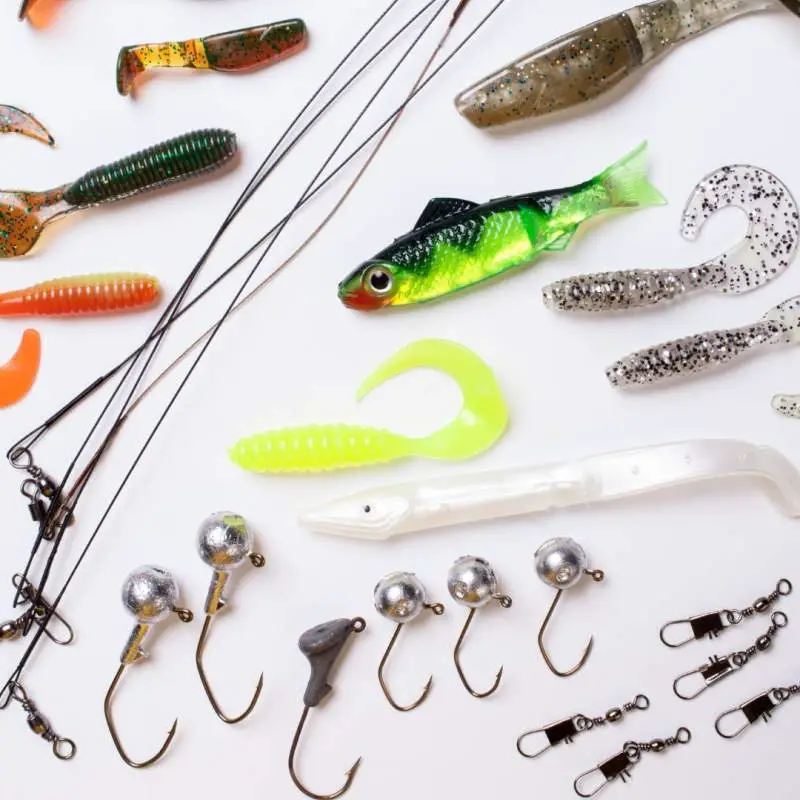
What is the Best Bait for Crappie Fishing?
Crappies love a variety of jigs, spinners, and live bait. It is good to have a diverse selection of jig colors for different weather and water conditions. Crappie jigs will be labeled as such and easy to identify when you are at your local fishing pro shop. Same with the beetle spinners that Crappies love so much. Have a range of natural colors and bright fluorescent colors. Use the natural-colored baits when the water is super clear and the bright-colored baits when the water is dark and murky.
For live baits, Crappies love minnows, grubs, and worms. The best are the minnows and grubs. For an added bonus and an increased chance of attracting some monster Crappies, use a Crappie jig and top it off with a live minnow or grub. Your bait will be irresistible!
Time to Go Fishing
Now that you are armed with these Crappie fishing tips and tricks, it is time to put your knowledge to the test. Crappie fishing is an enjoyable fishing outing, and it is best when shared with a friend or loved one. If you have any children and are thinking about taking them fishing for the first time, Crappie fishing is an excellent choice that is not overly complicated and really fun.
Not only can Crappie fishing be fun, but it can also be delicious. Crappies are one of the best types of fish for eating that you can catch. So, now that you know how to find good Crappie fishing spots get out there and enjoy yourself. Tight lines!
If you are looking for more tips on crappie fishing, check out our article.
